
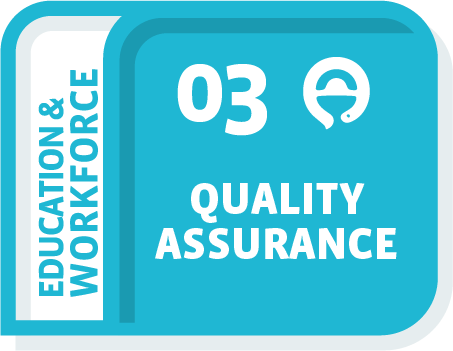
FIP Development Goal 3 Education & Workforce Element
Globally, we will have:
Transparent, contemporary and innovative processes for the quality assurance of needs-based education and training systems.
Mechanisms
FIP Development Goal 3 Practice Element
Globally, we will have:
Transparent, contemporary and innovative processes for the quality assessment, monitoring and improvement of services in practice.
Mechanisms
FIP Development Goal 3 Science Element
Globally, we will have:
Quality and integrity in pharmaceutical research, development, manufacturing, and regulations to assure access to safe and effective medical products globally.
Mechanisms
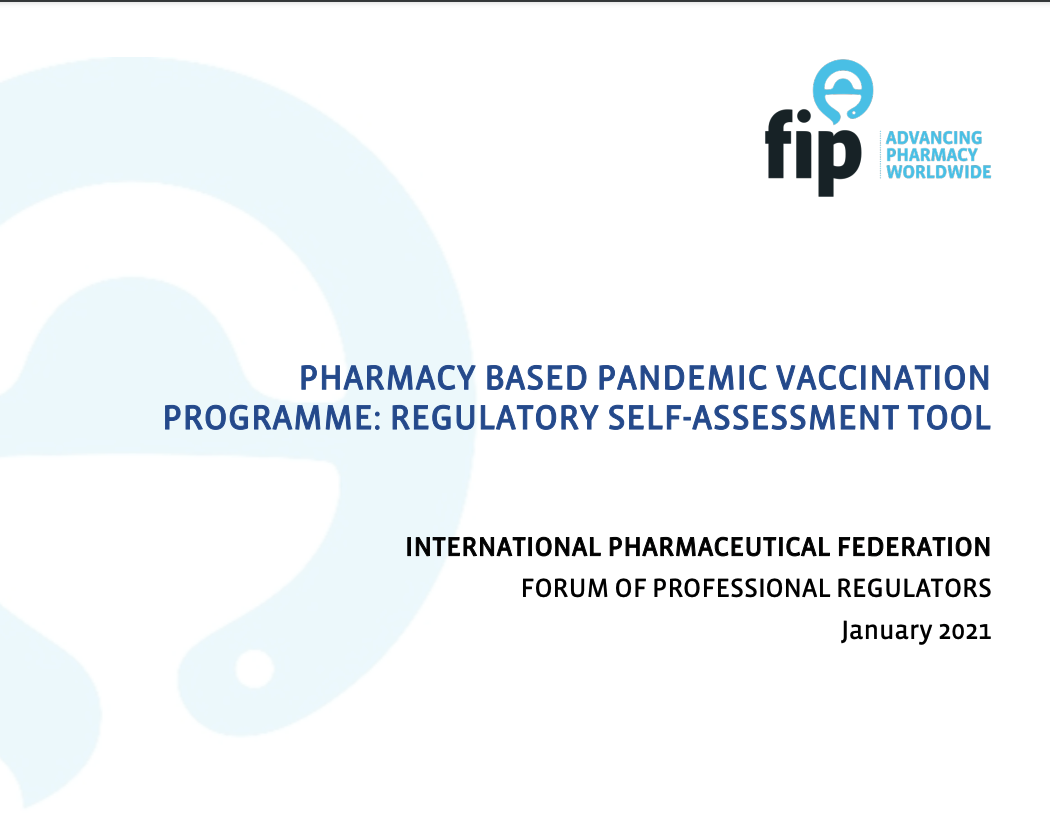
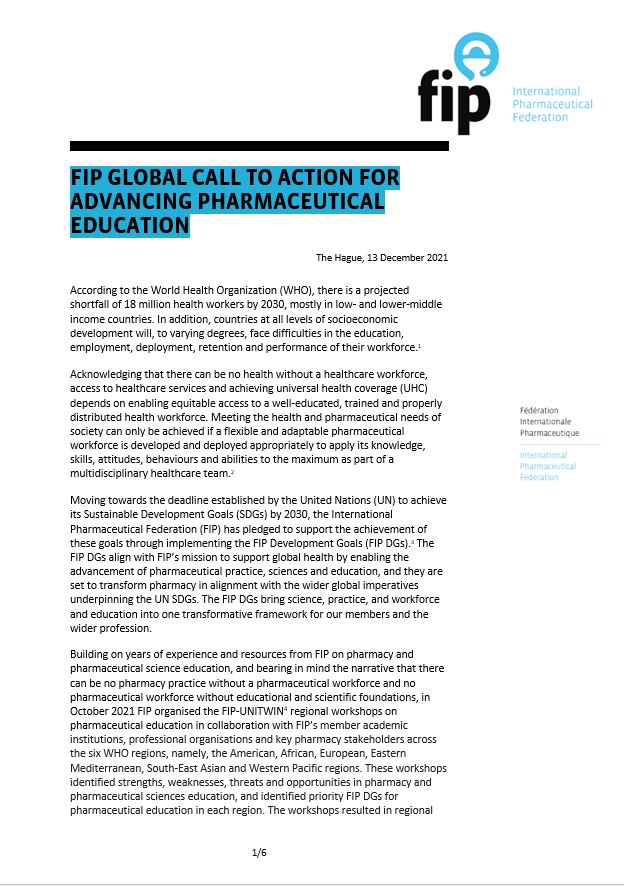
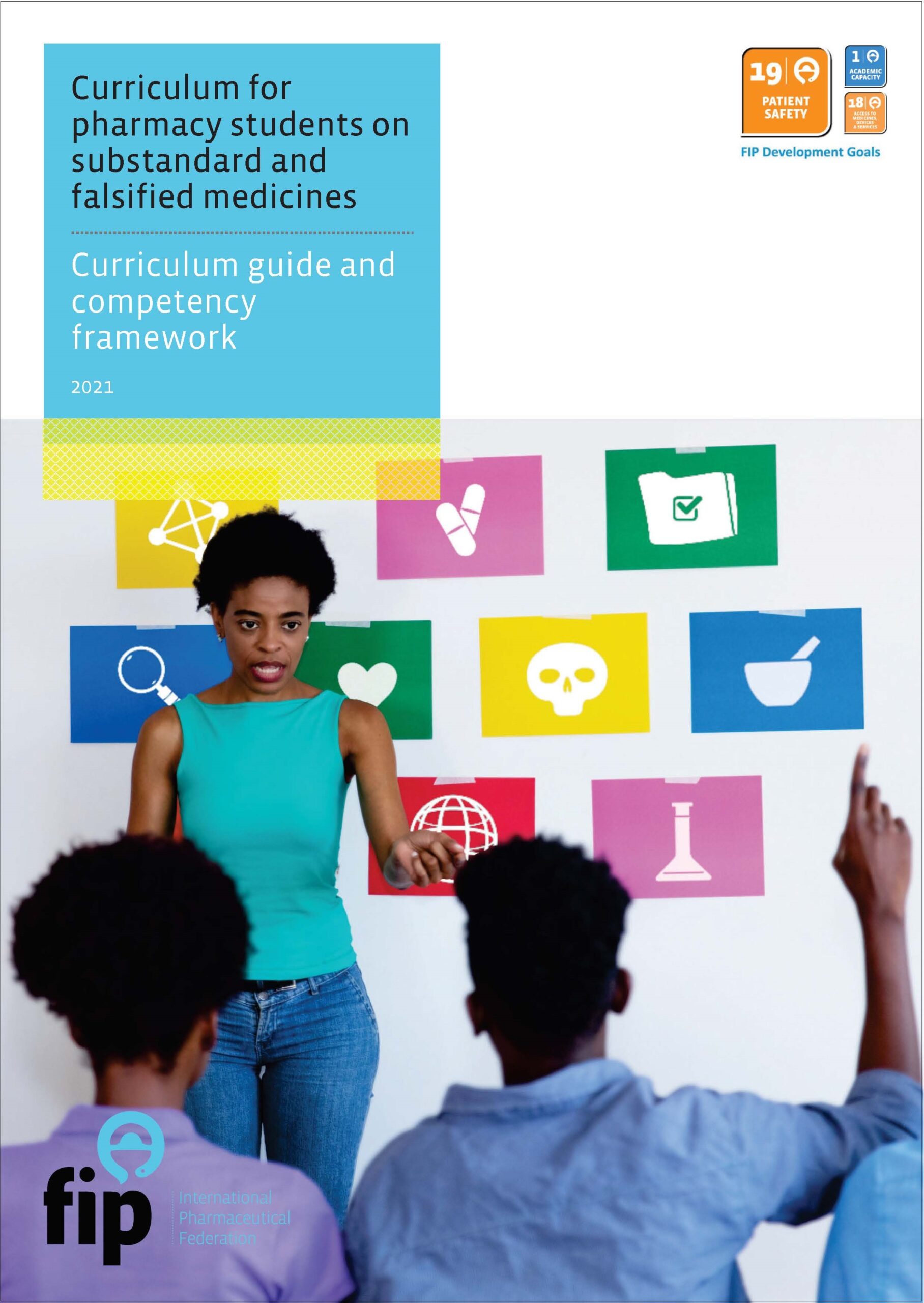
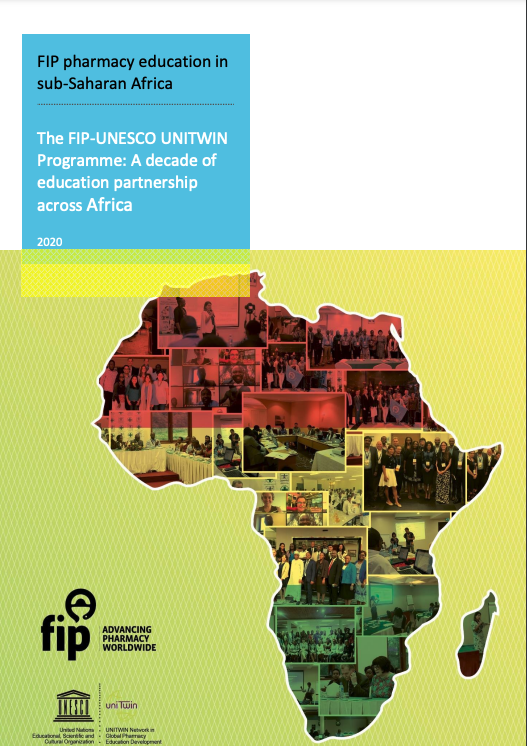
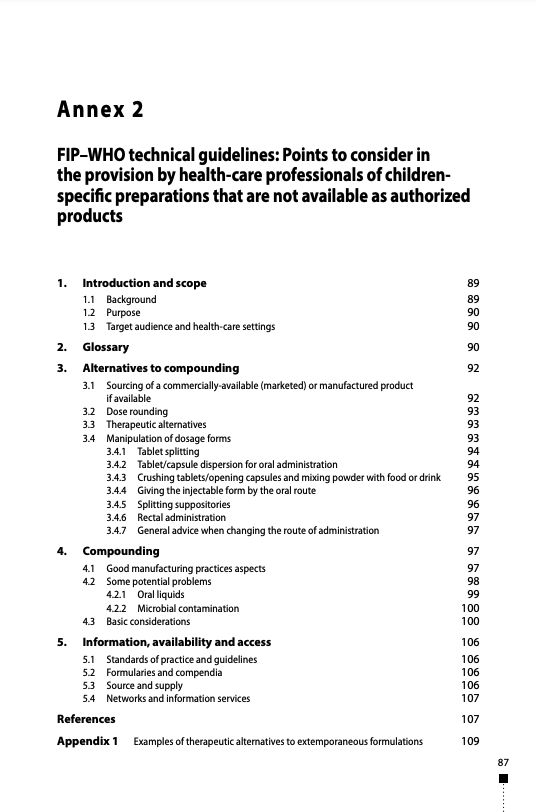
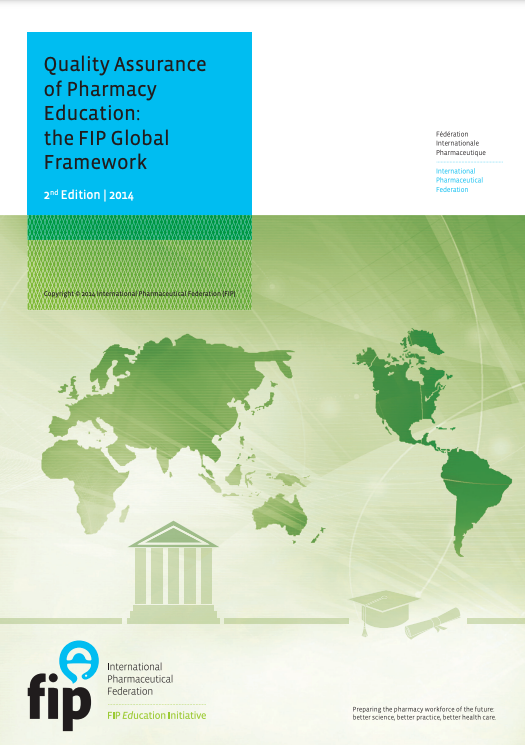
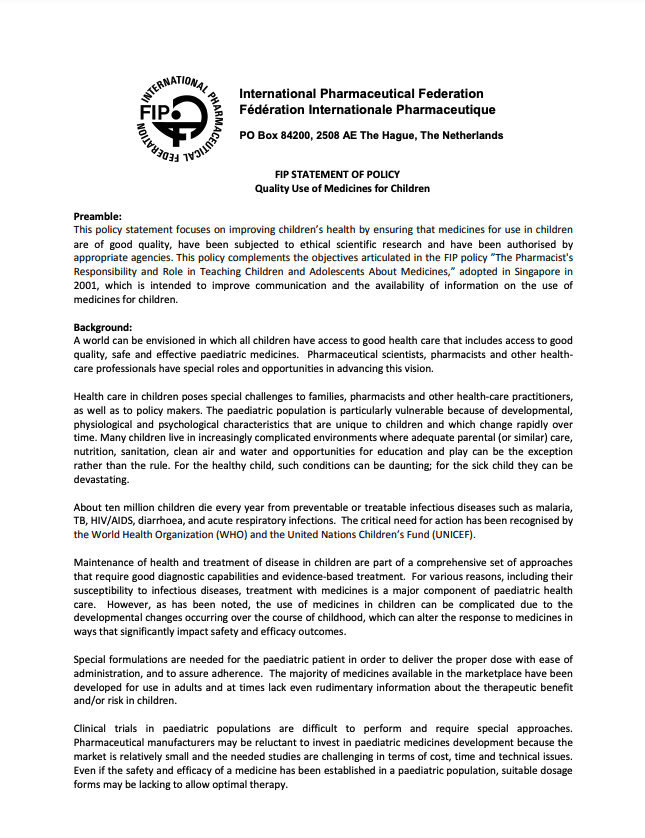
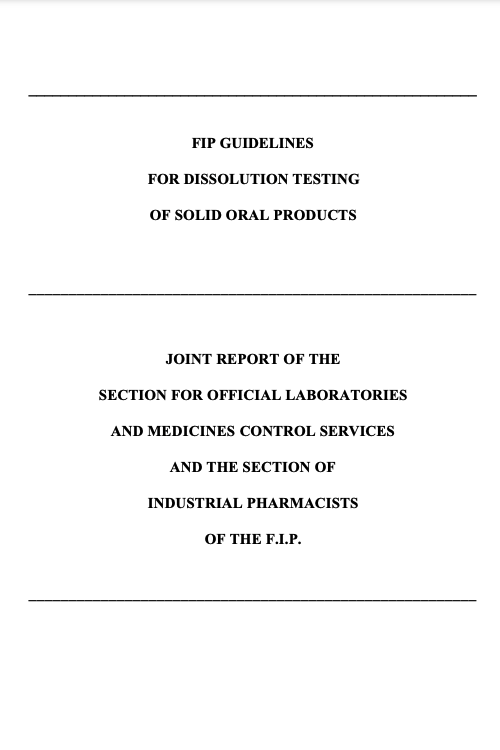
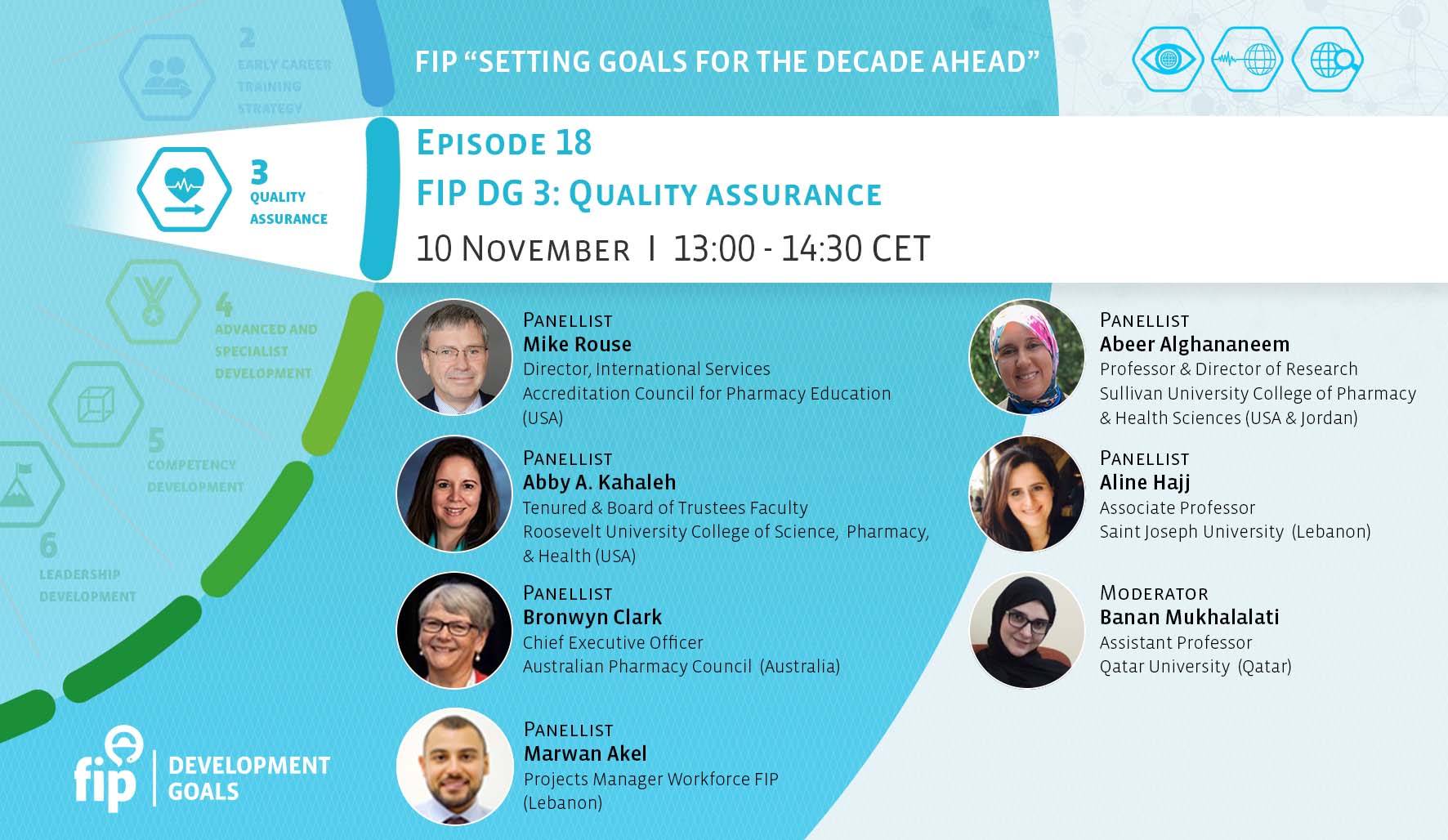
The FIP Development Goals Digital Programme “Setting goals for the decade ahead” is a comprehensive online event series providing coverage of the 21 goals over 21 events in 2021. Starting in March, the 21 digital events aim to provide description, direction and context for each specific goal, with a global plan for the decade ahead and how each nation, within each region can identify and prioritise which goals are the priorities and how the goals can support developments and transformation for them.
This programme is all about engaging the profession and supporting the profession to deliver in relevant and purposeful ways. By engaging our profession, members & colleagues everywhere with these relevant and applicable goals for the decade ahead, we can provide tools, monitoring and evaluation through data evidence, and identifying priorities across practice, science, and workforce & education.
The following FIP programmes of work and structures support the implementation of this Goal:
FIP’s Forum of Professional Regulators
FIP SIG: Regulatory Sciences and Quality